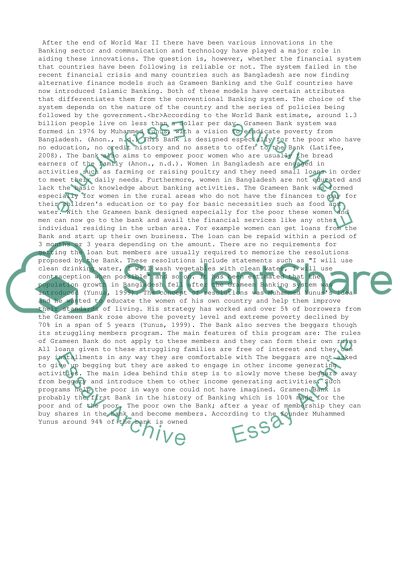Cite this document
(“Alternative Finance Models Essay Example | Topics and Well Written Essays - 2000 words”, n.d.)
Retrieved from https://studentshare.org/business/1398270-alternative-finance-models
Retrieved from https://studentshare.org/business/1398270-alternative-finance-models
(Alternative Finance Models Essay Example | Topics and Well Written Essays - 2000 Words)
https://studentshare.org/business/1398270-alternative-finance-models.
https://studentshare.org/business/1398270-alternative-finance-models.
“Alternative Finance Models Essay Example | Topics and Well Written Essays - 2000 Words”, n.d. https://studentshare.org/business/1398270-alternative-finance-models.


